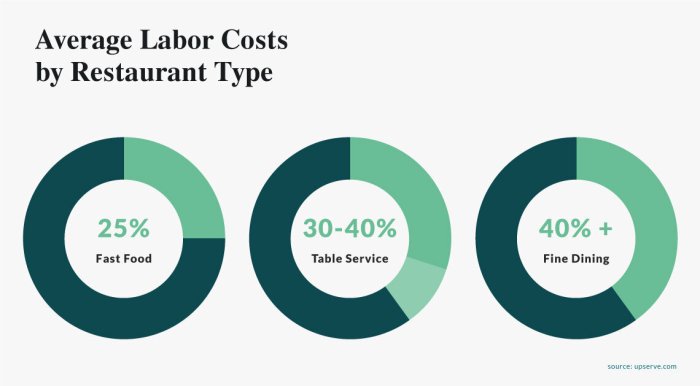Companies prepare direct labor budgets to ________. – As companies prepare direct labor budgets to optimize staffing and enhance efficiency, they embark on a crucial process that underpins successful operations. Direct labor budgets serve as essential tools for planning, controlling, and managing labor costs, ultimately contributing to organizational profitability and competitiveness.
The intricate components of direct labor budgets, encompassing labor hours, labor rates, and overhead costs, are influenced by a multitude of factors. These factors include production schedules, employee wages, and benefits, each of which must be carefully considered during the budgeting process.
Direct Labor Budget Overview

Direct labor budgets are essential financial tools that companies use to plan and control labor costs. They provide a detailed estimate of the labor hours and costs required to produce a specific level of output. Direct labor budgets are used in various industries, including manufacturing, construction, and healthcare.
Components of Direct Labor Budgets
Direct labor budgets typically include the following components:
- Labor hours:The estimated number of hours that employees will work during the budget period.
- Labor rates:The hourly wage or salary rate paid to employees.
- Overhead costs:Indirect costs associated with labor, such as employee benefits, payroll taxes, and training.
Methods for Preparing Direct Labor Budgets

There are several methods used to prepare direct labor budgets, including:
- Historical data analysis:Using historical data on production levels, labor hours, and labor rates to estimate future labor requirements.
- Activity-based costing:Assigning labor costs to specific activities based on the amount of time spent on each activity.
- Regression analysis:Using statistical techniques to develop a mathematical model that predicts labor requirements based on independent variables such as production volume.
Using Direct Labor Budgets for Planning and Control: Companies Prepare Direct Labor Budgets To ________.

Direct labor budgets are used for planning and controlling labor costs in the following ways:
- Planning:Direct labor budgets help companies determine the number of employees they need to hire and the amount of labor costs they will incur.
- Controlling:Direct labor budgets provide a benchmark against which actual labor costs can be compared. This allows companies to identify variances and take corrective action if necessary.
Challenges and Best Practices in Direct Labor Budgeting

There are several challenges associated with direct labor budgeting, including:
- Uncertainty in production levels:Production levels can be difficult to predict, which can make it difficult to estimate labor requirements.
- Changes in labor rates:Labor rates can change due to factors such as union negotiations and changes in the minimum wage.
- Availability of qualified labor:Finding and retaining qualified employees can be a challenge, especially in tight labor markets.
Best practices for direct labor budgeting include:
- Use accurate data:The accuracy of a direct labor budget depends on the accuracy of the data used to prepare it.
- Involve all relevant parties:Involve production managers, human resources, and accounting in the budgeting process.
- Monitor and adjust:Direct labor budgets should be monitored and adjusted regularly to reflect changes in production levels, labor rates, and other factors.
Key Questions Answered
What is the primary purpose of a direct labor budget?
A direct labor budget serves as a financial plan that Artikels the estimated labor costs associated with producing goods or providing services during a specific period.
How can direct labor budgets contribute to improved efficiency?
By analyzing direct labor budgets, companies can identify areas where labor costs can be reduced without compromising productivity. This can lead to optimized staffing levels, reduced overtime expenses, and increased efficiency.
What are some common challenges associated with direct labor budgeting?
Common challenges include accurately forecasting labor demand, managing fluctuating labor rates, and ensuring compliance with labor laws and regulations.